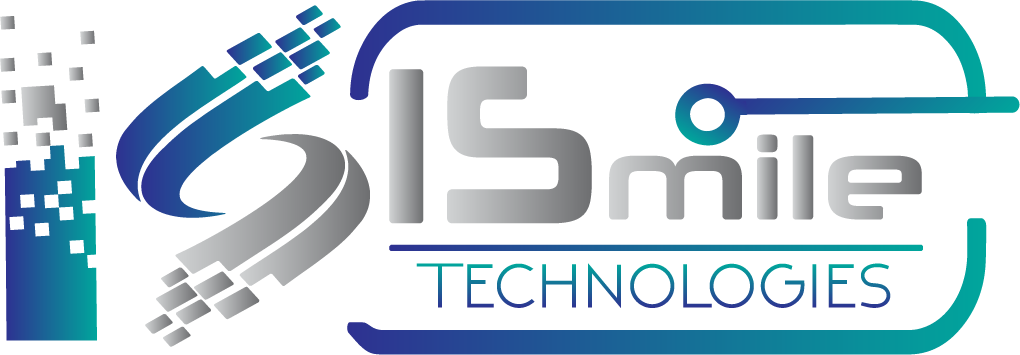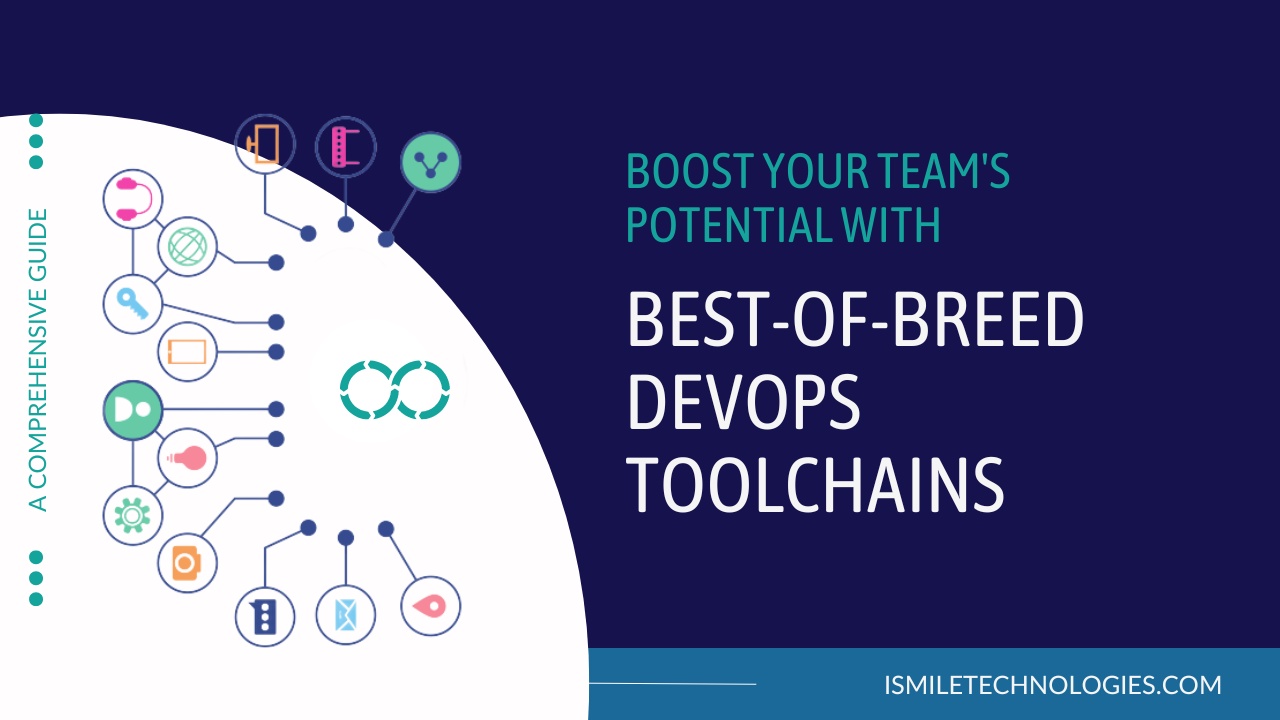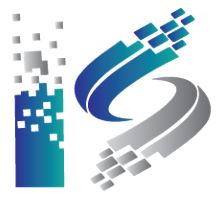Has it come across you that, on average, a company uses more than 20 tools in their software toolchain? These tools need to be managed. And to manage these tools, businesses are devoting around 15% of their development teams to toolchain maintenance. While standardizing may appear to be the only solution, it comes at a high cost. If you stop software teams from doing creative work, you also prevent them from generating innovative ideas. So, how to strike a balance between structure and flexibility?
Discover phase: Instill diversity in your DevOps loop
DevOps loops are traditionally spanned across Plan to Feedback. It’s time to refresh; we’re highlighting the multi-disciplinary nature of development by mentioning a new phase: Discover. But note that Discover, as an SDLC activity, isn’t a new thing. Although it plays a critical role in software usage and adoption, it’s executed quietly in the background by research, product, and design. Software teams explore what to create in Discover. The activities include workshopping across teams, establishing ideas into themes, and building priorities. Open DevOps supports whiteboarding tools like Productboard, Miro, and Mural. With these integrations, developers see how ideas were born, and prioritization decisions were made.
Plan phase: Increase the chances of your Sprint success
Developers now know the vision behind the features they’re making. But, they feel anxious about different ways they can be blindsided. Whether it’s from unexpected complexity in work or crucial requirements hurled at teams in the middle of the sprint, even the good plans go awry. With Jira Software, teams get better control over their sprint success as they have actionable insights that help them proactively respond to unforeseen changes.
As teams move ahead with the sprints, Jira tracks how development teams are moving ahead and predicts how likely they are to deliver on time. If work goes off track, Jira gives scope changes touching developer work, blocked issues manually flagged by the team, and wedged issues flagged by our predictive engine. As development teams see the cause and effect of unexpected changes, they get the information they need to respond accordingly and drive the finest results for their sprints.
Build phase: Get end-to-end visibility across the DevOps loop
When developers are given an issue, they start coding. An issue means a unit of work. Dividing large projects into small pieces of work is a best practice that allows asynchronous work. But, it can lead to silos in work. However, with two new capabilities, teams can work autonomously without ignoring work happening across the project. Firstly, we’ve introduced a pull request (PR) activities feed in the Code tab. When developers get visibility into what’s happening across teams and repositories at the PR- and issue-level, they can compare issues, identify irregularities, and discover chances to take work forward. Secondly, we can add Code insights on the Jira board view to enable team- and project-level deliberations. There are four new icon types – Branch, Commit, Deploy, and PR – with them, the Jira board view visually and promptly communicates progress so that stand-up meetings can stay focused on the larger picture.
Ready to automate dev & ops to shorten the SDLC?
Talk to our experts today & see how they can help to fulfill your business objectives.
Deploy phase: Organize releases cross-functionally with comfort
When code enters the Deploy phase, features begin to come in at different stages of readiness; thus, release coordination becomes much more complex than earlier. Open DevOps boosts teamwork between development, marketing, product, and support with a different way to plan, track, and organize releases. In the updated Releases tab, Jira shows feature flag status along with development, build, and deployment standings.
Release teams now get a unified pane showing each issue’s progress across the SDLC; therefore, teams can comprehensively evaluate each feature’s suitability—prepared to release? Teams can automatically produce release notes with just one click; Jira dynamically tugs information from all issues related to a version. Release notes are saved as a Confluence page for more editing and access to custom fields. In the end, all saved release notes are automatically compiled under related work, where team members can add analytics dashboards, support docs, and other links to create a shared understanding.
Software development is a team sport. There must be tight collaboration across business and executive teams to win. Open DevOps exclusively connects software teams with innovative teamwork across projects and toolchains. ISmile Technologies sees DevOps as a No-touch Continuous Integration/Continuous Deployment (CI/CD) driven software delivery approach. It’s an approach that believes that a single integrated delivery function from requirements to production will provide higher business value to customers efficiently. Schedule your free assessment today.










